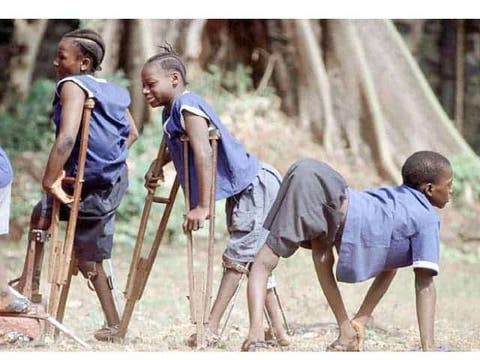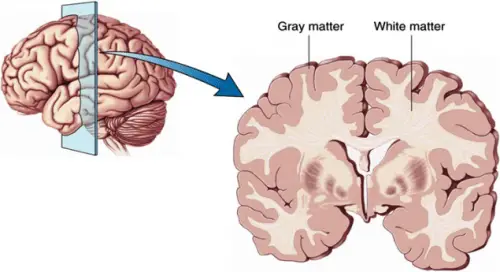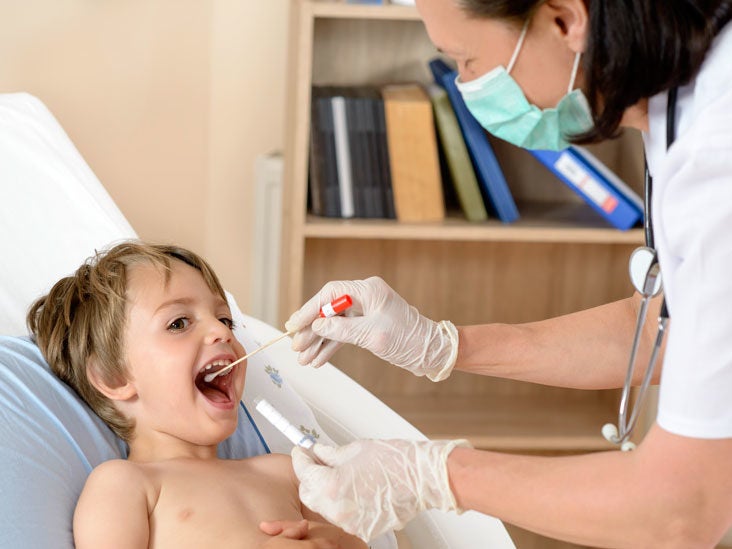Poliomyelitis, also called polio, “polio” refers to the poliovirus, which is an enterovirus that invades the intestines, “myel” refers to the spinal cord which is affected in the disease, and -itis refers to inflammation. So poliomyelitis is an enteroviral disease first enters the body through the intestines, but then spreads and causes nerve injury in the spinal cord. Former US President Franklin D. Roosevelt contracted polio when he was a baby, and it left him wheelchair-bound. 
CNS and polio- in a brief
Broadly speaking, the nervous system consists of two parts. The central nervous system consists of the brain and the spinal cord. So the peripheral nervous system includes the nerves that fan out from the central nervous system to reach the skin, muscles, and organs.

Now looking at the cross-section of the brain, there’s the grey matter at the periphery of the brain. This is called the cerebral cortex and consists of nerve cell bodies. Just inside the grey matter of the brain, is the white matter, and it consists of nerve axons. In contrast, if you look at the cross-section of the spinal cord, the white matter is on the outside and the grey matter is on the inside, and overall it kinda looks like a butterfly. If we draw a horizontal line through the spinal cord, the front half is the anterior or ventral half, and the back half is the posterior or dorsal half. And the butterfly wings are sometimes referred to as horns; so we have two dorsal horns that contain cell bodies for sensory neurons and two ventral horns that contain cell bodies for motor neurons. 
So for example, if you step on a lego in your living room, the sensation of discomfort is carried from the nerves in your foot, through the peripheral nervous system to reach the dorsal horn in the spinal cord. It then travels up the spinal cord to the brain, letting you know that there’s tissue damage. In response, your brain sends a message through the upper motor neurons, which are part of the cerebral cortex, and down the spinal cord to a lower motor neuron which is located in the anterior horn of the spinal cord. From there, the signal finally gets delivered to the leg muscles and allows you to lift your foot. In addition to sending signals from the brain, these lower motor neurons also release trophic or growth factors that promote muscle growth in the muscle that they innervate.
How poliovirus affects a person?
Polio is a viral infection caused by poliovirus which is a single-stranded RNA virus that’s protected by a capsid, which is a protein coat. Polio mainly affects children under the age of 5 and it’s spread by faecal-oral transmission, which means that the virus usually enters the body through contaminated food and water that goes in the mouth. It’s also transmitted when an infected person sneezes or coughs, which spreads thousands of virus-containing droplets into the local area. Once the virus enters the body, it binds to mucosal cells of the oropharynx and small intestine and gets inside those cells, and then releases its RNA. The viral RNA uses the cell’s RNA polymerase enzyme to make copies of itself, and then the new RNA copies hijack the ribosomes that normally make proteins for the cell, and forces the ribosomes to make viral proteins instead. The viral protein and RNA self-assemble into lots of new polioviruses, and within days, they cause the mucosal cell to lyse, releasing the newly formed viruses which make their way to nearby lymph nodes and eventually into the bloodstream.
Poliovirus prefers to infect motor nerves, so oftentimes it will leave a blood vessel and get into the interstitial tissue of muscle tissue. From there, poliovirus invades the motor neuron and travels retrograde - meaning backwards up through the axon - to the anterior horn of the spinal cord. Infected motor neurons attract immune cells like neutrophils and macrophages which cause inflammation and damage to the spinal cord. As infected motor neurons die, the muscles of the trunk and limbs no longer receive signals from the brain or trophic factors which causes the muscles to start to atrophy and become weak.
![PDF] Bulbar poliomyelitis: MR findings with pathologic correlation ...](https://d3i71xaburhd42.cloudfront.net/60878ad78323f000129063e3b34da0a50174bab7/2-Figure1-1.png)
On rare occasions, poliovirus can cause bulbar polio, which is when it affects a part of the brain stem that has motor nerves involved in speaking and swallowing. This part of the brain stem also sends motor nerves to the diaphragm and so if they get damaged, it can impair breathing. Some people develop post-polio syndrome many decades after the initial infection. To understand this, it’s important to know that when polio damages some motor neurons, other nearby healthy motor neurons form collateral branches to innervate the muscles that have lost their innervation. Now, over time, the natural process of ageing causes motor neurons to die. So when a motor neuron dies from the ageing process, a person doesn’t just lose function in the muscle cells that were normally innervated, but also in the other muscle cells that were innervated by collateral branches of that motor neuron.
Symptoms-
Most individuals infected by poliovirus have no symptoms, in fact, polio only causes paralytic disease about 1% of the time.
Symptoms of paralytic disease from polio include-
- high fevers,
- intense muscle pain from spasms and weakness,
- loss of muscle reflexes.

Usually, the paralysis develops over a few days and is asymmetric; most often affecting larger proximal muscles especially in the legs - like the thighs. Infants with poliomyelitis often develop acute flaccid paralysis where they go limp, kinda like a rag doll - it’s sometimes called a floppy baby syndrome. Ultimately, if the motor nerves to the diaphragm are affected, it can cause difficulty breathing and death.
Diagnosis-
Diagnosis of polio is based on the recovery of poliovirus from a stool sample or a throat swab. Poliomyelitis can also be diagnosed by a lumbar puncture where cerebrospinal fluid is removed from the lumbar sac with a needle. The cerebrospinal fluid might have an increased number of white blood cells or poliovirus RNA.
Treatment-
There’s no specific treatment for polio, but the key is to support individuals as they deal with the acute infection. Typically that means pain medication to help with muscle spasms and decompression of the bladder. Finally, individuals might need respiratory support if they have trouble breathing, something that historically required a device called the iron lung.
Vaccine-
Fortunately, it’s possible to prevent infection with a vaccine, and humans are the only natural host for the virus. There’s inactivated poliovirus vaccine or IPV, which is where the dead or inactive virus is injected into the muscle and there’s oral poliovirus vaccine or OPV, which is a weakened strain of the live virus.
Very rarely, about one time in a million doses of vaccine, the weakened virus in OPV mutates within the intestines of the person getting vaccinated, and it reverts to a form of the poliovirus that can cause paralytic polio--called vaccine-associated paralytic polio or VAPP for short. VAPP usually affects close contacts like someone that lives in the same home. But sometimes the weakened virus reverts toa form that can cause vaccine-derived poliovirus or VDPV, which not only affects close contacts but can cause outbreaks of poliomyelitis in communities that have low rates of vaccine coverage.

VAPP and VDPV are both worrisome, but the events are relatively rare and mostly affect unvaccinated individuals, so the benefits of polio vaccine outweigh the risks, and polio vaccine is recommended. In fact, because of IPV and OPV, polioviruses nearly eliminated worldwide. It only circulates endemically in a few areas within countries like Afghanistan, Pakistan, and Nigeria - where there are poor public health and limited vaccine coverage.
Comments
Post a Comment
If you have any doubt, feel free to comment.